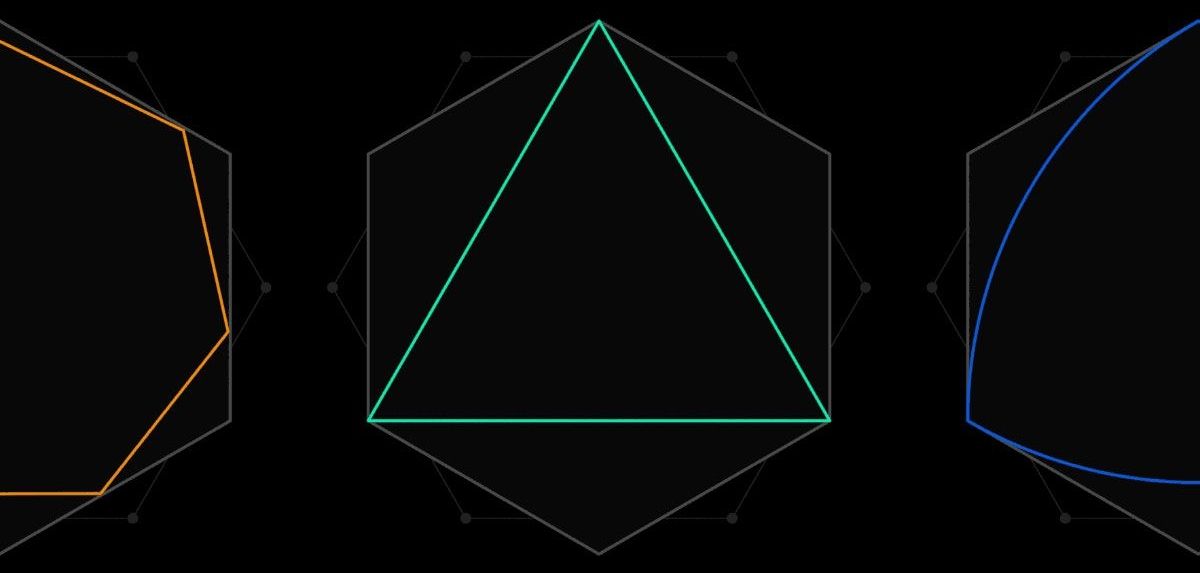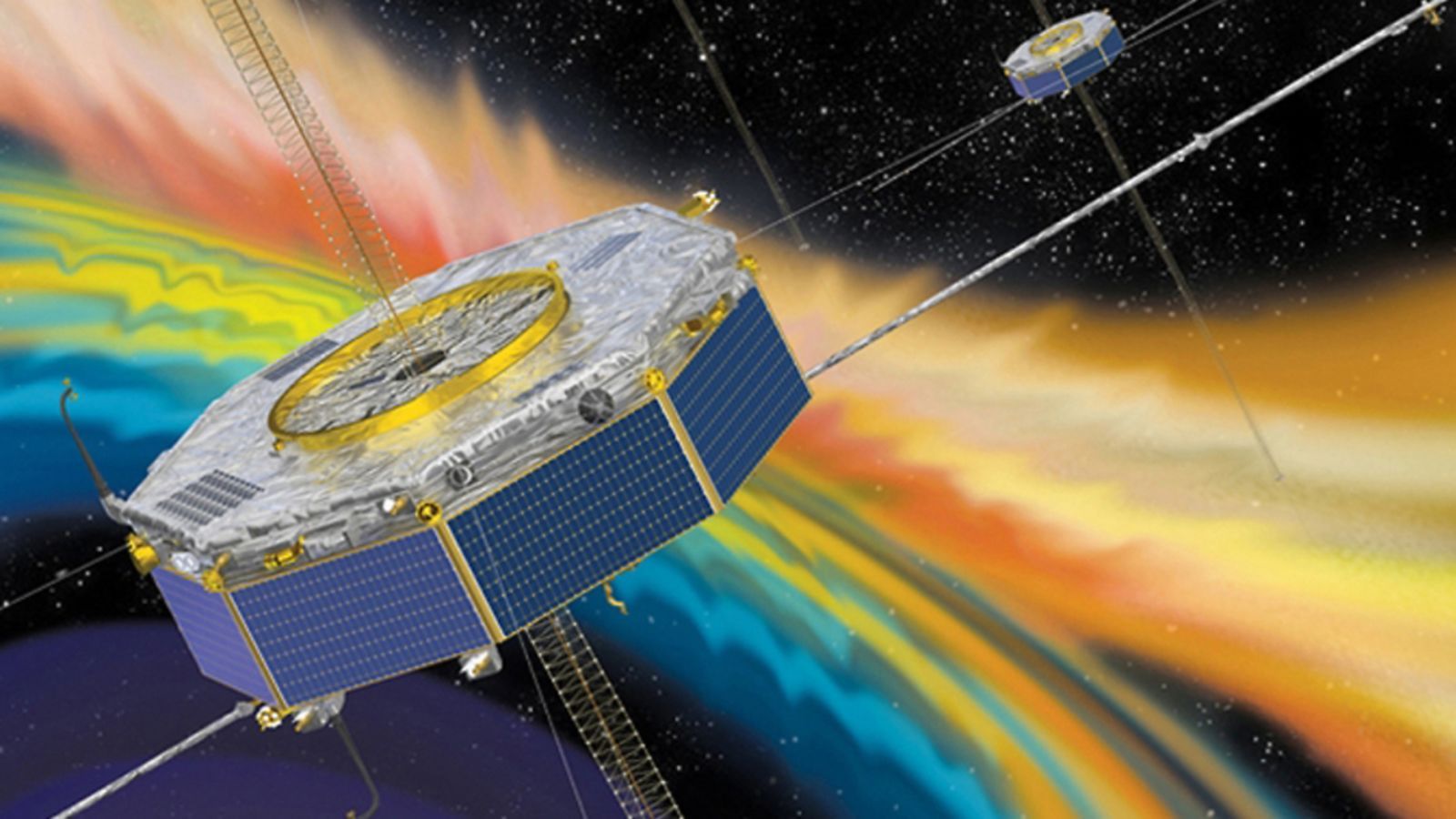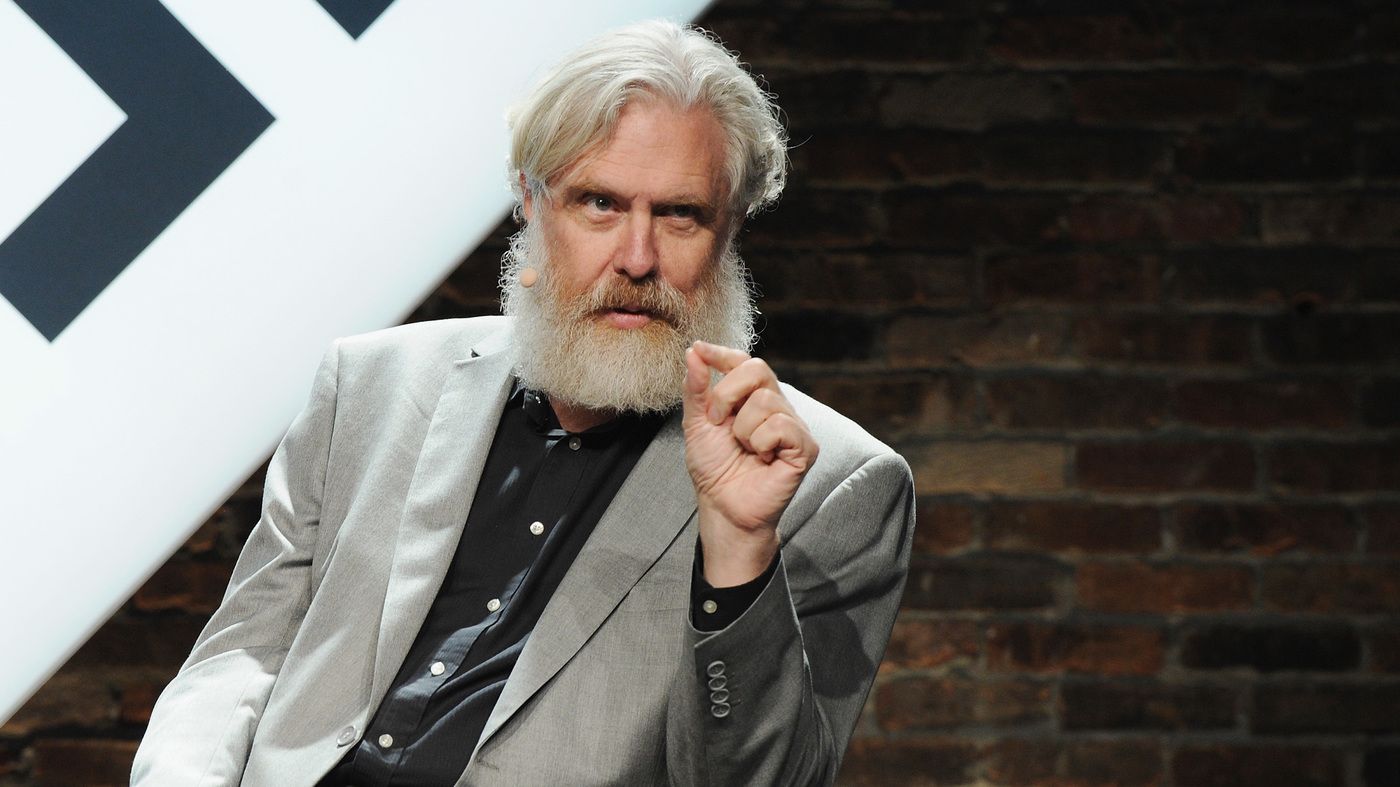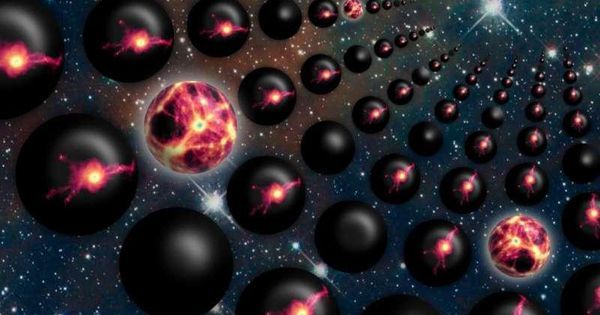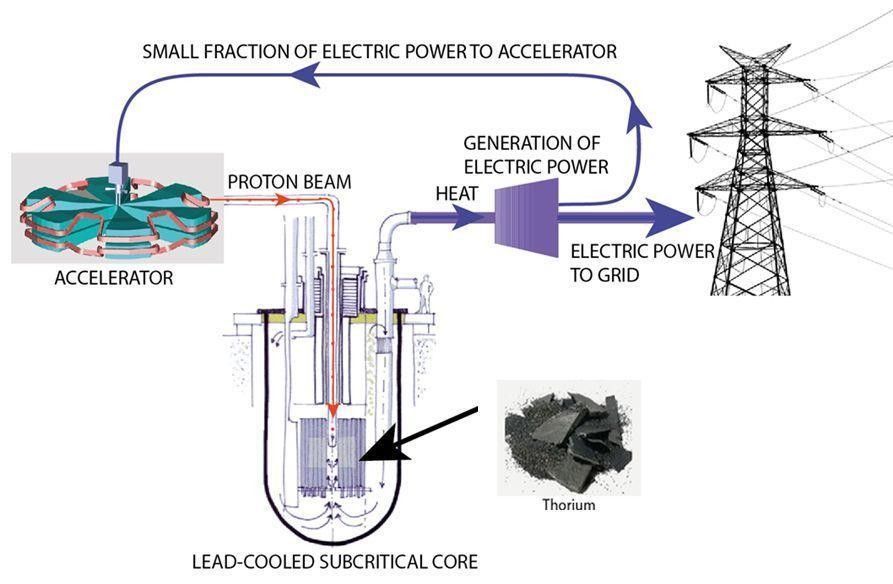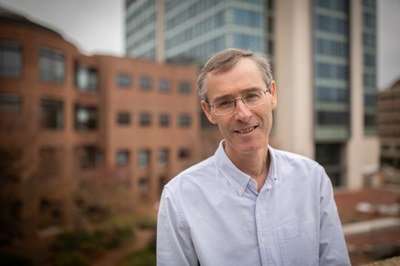Page 8520
Nov 16, 2018
Spacecraft Witness Explosion in Earth’s Magnetic Field
Posted by Genevieve Klien in categories: particle physics, satellites
Magnetic fields around the Earth release strong bursts of energy, accelerating particles and feeding the auroras that glow in the polar skies. On July 11, 2017, four NASA spacecrafts were there to watch one of these explosions happen.
The process that produces these bursts is called magnetic reconnection, in which different plasmas and their associated magnetic fields interact, releasing energy. The Magnetospehric Multiscale Mission (MMS) satellites launched in 2015 to study the places where this reconnection process occurs. This newly released research shows for the first time that the mission encountered one of these reconnection sites in the night side of the Earth’s magnetic field, which extends behind the planet as a long “magnetotail.”
Nov 16, 2018
New discovery shows glass made from exploding stars
Posted by Genevieve Klien in categories: cosmology, materials
The next time you’re gazing out of the window in search of inspiration, keep in mind the material you’re looking through was forged inside the heart of an exploding ancient star.
An international team of scientists said Friday they had detected silica—the main component of glass—in the remnants of two distant supernovae billions of light years from Earth.
Researchers used NASA’s Spitzer Space Telescope to analyse the light emitted by the collapsing mega-cluster and obtain silica’s “fingerprint” based on the specific wavelength of light the material is known to emit.
Nov 16, 2018
For eco-conscious city dwellers, urban agriculture is one road to real impact
Posted by Genevieve Klien in categories: climatology, habitats, sustainability
Eco-consciousness is a hot trend. It’s become common occurrence to see shoppers with reusable grocery totes at the supermarket. Bamboo straws are flying off shelves as people opt for eco-friendly products. Urban gardening and composting, too, has taken root as consumers try to minimize their carbon footprints.
These small actions are encouraging first steps, but they’re not enough when it comes to tackling agricultural contributions to climate change. Strong-worded warnings from the UN’s Intergovernmental Panel on Climate Change (IPCC) detail the potential for climate disasters to worsen if modern consumption patterns don’t change — and soon.
There’s evidence that reimagining urban environments’ food systems might help reduce carbon emissions. With more than 60% of the global population expected to live in cities by 2030, urban agriculture might be one piece of the puzzle for reducing strain on city resources. The practice typically involves growing food in smaller, city environments such as on rooftops, apartment balconies, or even walls.
Nov 16, 2018
Startup Offers To Sequence Your Genome Free Of Charge, Then Let You Profit From It
Posted by Genevieve Klien in categories: biotech/medical, health
Nebula Genomics Aims To Speed Research And Lower Cost Of Genome Sequencing : Shots — Health News A full genome sequence costs about $1,000. But Nebula Genomics expects that companies and researchers would defray the cost in exchange for key medical information about the person involved.
Nov 16, 2018
How Many Fundamental Constants Does It Take To Explain The Universe?
Posted by Genevieve Klien in category: space
Nov 16, 2018
Destroying nuclear waste to create clean energy? It can be done
Posted by Genevieve Klien in categories: climatology, internet, nuclear energy, solar power, sustainability
If not for long-term radioactive waste, then nuclear power would be the ultimate “green” energy. The alternative to uranium is thorium, a radioactive ore whose natural decay is responsible for half of our geothermal energy, which we think of as “green energy.” More than 20 years of research at the European Centre for Nuclear Research (CERN), the birthplace of the internet and where Higgs boson was discovered, demonstrate that thorium could become a radically disruptive source of clean energy providing bountiful electricity any place and at any time.
Coal and gas remain by far the largest sources of electricity worldwide, threatening our climate equilibrium. Non-fossil alternatives, such as solar power, use up a forbidding amount of land, even in sunny California, plus the decommissioning will pose a serious recycling challenge within 20 years. Solar is best used on an individual household basis, rather than centralized plants. Wind requires an even larger surface area than solar.
As Michael Shellenberger, a Time magazine “Hero of the Environment”, recently wrote: “Had California and Germany invested $680 billion into nuclear power plants instead of renewables like solar and wind farms, the two would already be generating 100% or more of their electricity from clean energy sources.” Correct, but the disturbing issue of long-term nuclear waste produced by conventional, uranium based, nuclear plants still remains.
Continue reading “Destroying nuclear waste to create clean energy? It can be done” »
Nov 16, 2018
By solving a mystery of gene repair, scientists uncover an exception to biology’s rules
Posted by Xavier Rosseel in categories: biotech/medical, education, genetics
👀
About 15 years ago, UNC Lineberger’s Dale Ramsden, Ph.D., was looking through a textbook with one of his students when they stumbled upon a scientific mystery.
A small line in the book indicated that a protein that helps repair major breaks in our genetic code did so by adding DNA, or deoxyribonucleic acid, as expected. However, there were hints that it could also add RNA, or ribonucleic acid, at least in a test tube. It seemed unlikely that this would occur during repair of DNA in living cells, since RNA is normally used only as a messenger to carry information from the genetic code to make proteins.
Thought experiments can be really useful tools to better understand the implications of abstract ideas—especially ideas that are accepted at face value as self-evident truths. In some cases, they resemble proofs by contradiction in that they allow us to see that, if said ideas were true, they would end up clashing with other ideas accepted as non-negotiable principles. What we’re going to try today is something like that.
Crossing into another dimension
Every long-standing rejuvenation advocate has had to put up with people claiming that aging is a good thing on the questionable grounds that it may help to prevent overpopulation, cultural stagnation, the rise of “immortal” dictators, getting bored of far too long lives, and so on. (I was even told by a friend of mine—a truly stalwart advocate who’s anything but afraid of bringing the topic up whenever he gets the chance—that a man once briskly dismissed rejuvenation nonchalantly by saying, “Come on, a little bit of death is all right.” It’s hard not to wonder if he’d think the same if the people close to him were dying.)
Nov 16, 2018
A ‘dark matter’ hurricane that we can’t see or hear is blasting past Earth, and it’s one of the universe’s biggest conundrums
Posted by Michael Lance in categories: climatology, cosmology
If astronomers’ calculations are correct, the Solar System is right in the middle of a turbulent space event.
The mysterious hurricane of “dark matter” leaves astronomers puzzled, but the remnants of dwarf galaxies could help prove this phenomenon’s existence.
